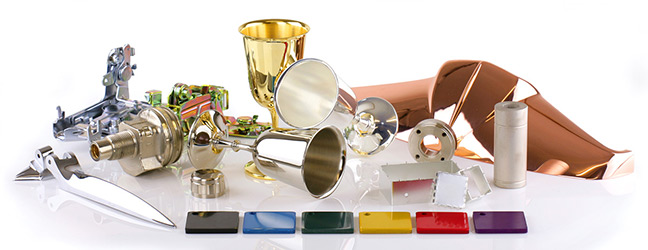What Is Hydrogen De-embrittlement?
Hydrogen embrittlement is the result of metals being unintentionally exposed to hydrogen. Exposure to hydrogen causes metals to become weaker and more prone to fracture. The level of brittleness is dependent on the amount of exposure and the metal’s properties. Some metals are more susceptible to hydrogen damage than others. Read our blog to discover more about hydrogen de-embrittlement and why the metal hardening process is necessary.
What causes the metal to become brittle?
The metal is likely to become brittle after metal finishing processes. Examples of this include cleaning, electroplating, and heat treatments. During these processes, hydrogen is often unintentionally absorbed into the material. The degree to which the metal gets affected depends on the amount of hydrogen diffused and the metal’s microstructure. Hydrogen is usually only able to enter metals when in the form of hydrogen ions or atoms. Because of this, metals are relatively safe from gaseous hydrogen at ambient temperatures. It is at higher temperatures that tightly-bound atoms separate into individual atoms. This allows them to possess the ability to diffuse into metals. It is evident that processes such as casting and welding facilitate hydrogen absorption. When this exposure takes place, it is important to undertake hydrogen de-embrittlement as soon as possible.
The Hydrogen de-embrittlement process
The Hydrogen de-embrittlement process is performed shortly after the metal has undergone an electroplating service. It is fundamental to ensure the process is undertaken no more than three hours after electroplating. Hydrogen de-embrittlement is a heat treatment process which is usually complete between 200-220 degrees Celsius. The treatment is often described as a controlled bake operation. This is because the metal is heated at this temperature for many hours, depending on the metal.
Why is de-embrittlement necessary?
Hydrogen de-embrittlement is necessary to ensure the metal application is safe to use. It is argued that hydrogen has the ability to embrittle most engineering alloys to some extent. It is a problem when hydrogen has a significant impact on the metal’s microstructure and product application. When hydrogen embrittlement does occur, the metal’s characteristics change. The metal suffers from reduced ductility and reduced load-bearing capacity. This is likely to lead to cracks and structural damage. Depending on the application of the metal, this could be of significant concern.
For more information about our hydrogen de-embrittlement services, get in contact with us at Dorsetware. We offer a wide range of metal finishing and electroplating services. Speak to one of our experts by calling 01202 677939 or filling out our online contact form.

